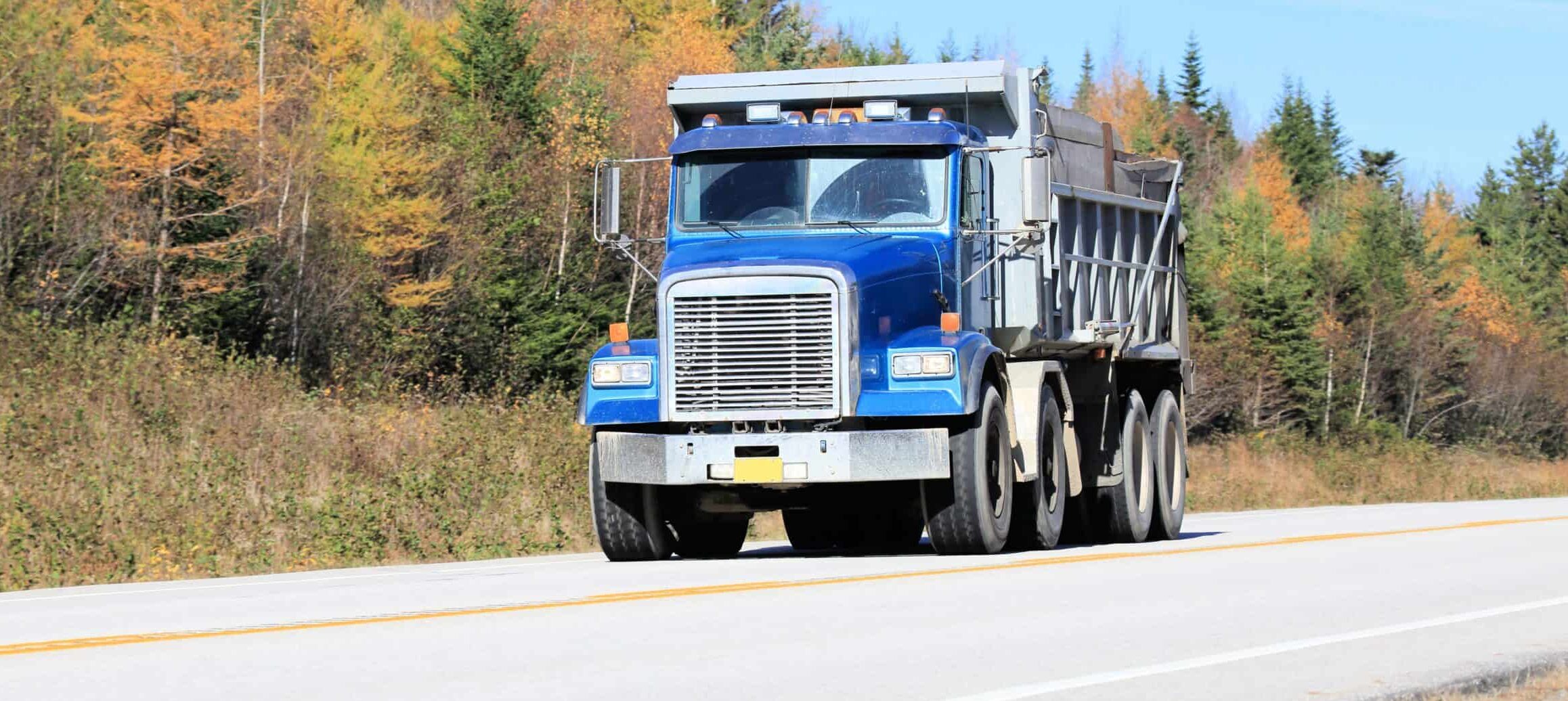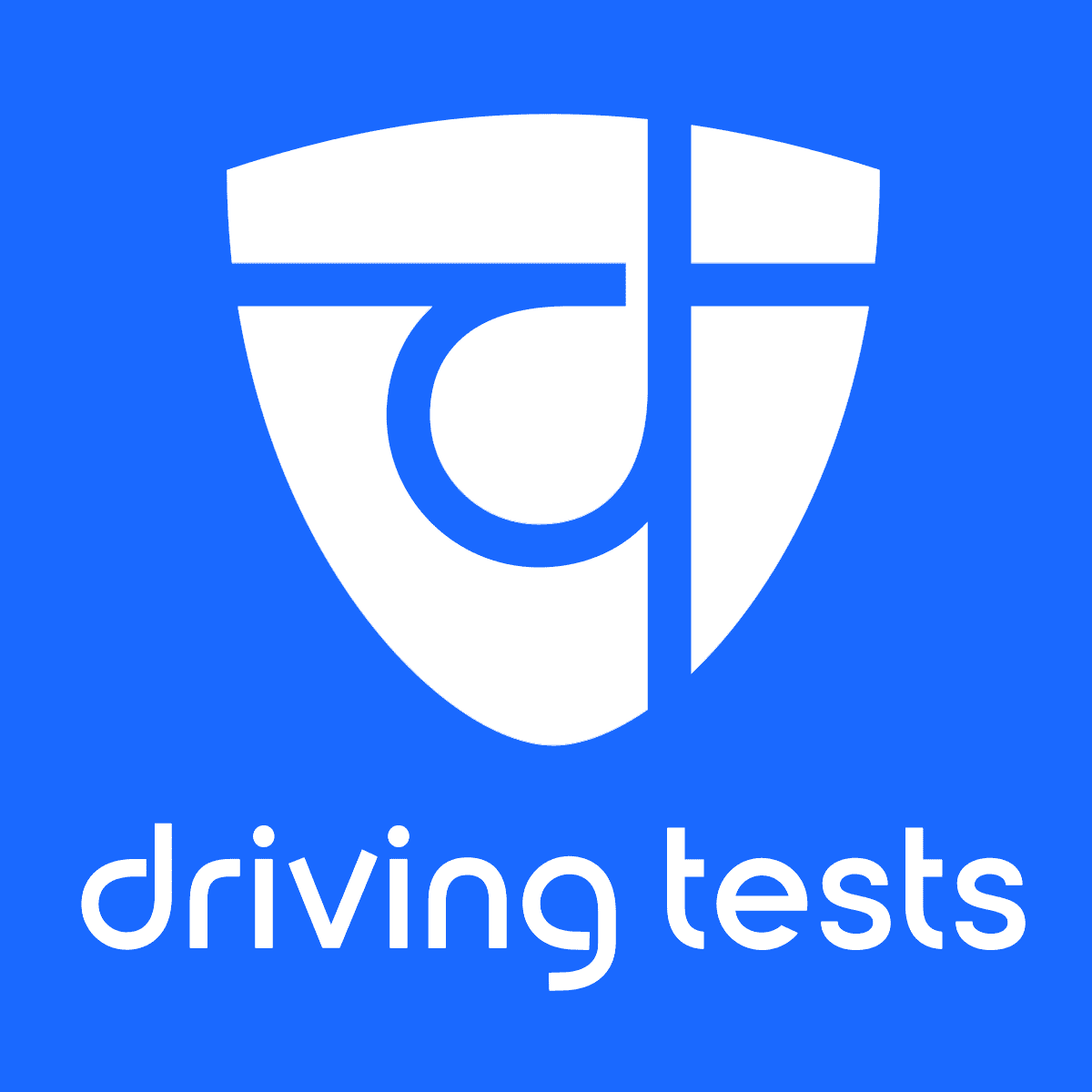As of 2022, the requirements to earn a CDL license have been updated to require a more rigorous level of training. Required to operate large vehicles like tractor trailers, semi trucks, and large agricultural and construction vehicles, a commercial driver’s license (CDL) in the first step to starting your career as a trucker.
A CDL license with hazmat endorsements, what specific certifications are referred to, is required for transporting toxic chemicals. The 74 updated CDL requirements are ultimately aimed at creating better-trained drivers for safer roads.
That said, the new CDL license requirements can lead to longer training times, and fewer new drivers in an industry already struggling with driver shortages.
Key CDL Requirements
The Federal Motor Carrier Safety Administration (FMCSA) has updated entry-level driver training requirements and created a new training provider registry. The updates to the CDL requirements affect entry-level CDL drivers, drivers with passenger or bus endorsements, drivers upgrading their classifications, or drivers adding hazardous materials to their hauls.
New students must train at an FMCSA-approved training provider with instructors that meet the FMCSA requirements. Under the new CDL license requirements, no entry-level driver may take a CDL skills test to receive a Class A CDL, Class B CDL, passenger (P) endorsement, or school bus (S) endorsement.
The only way for new drivers to bypass this new roadblock is for them to have successfully completed the mandatory theory (knowledge) and behind-the-wheel (BTW) tests. Drivers looking to expand their skills and upgrade licensure also need to successfully complete the theory-only training before sitting for the knowledge test under the new CDL license requirements.
Who Is Subject to the ELDT Requirements?
Drivers who are applying for a commercial driver’s license (CDL) for the first time, drivers who are upgrading their CDL, or drivers adding an endorsement for hazardous materials (H), passenger (P), or school bus (S) for the first time are subject to ELDT requirements of the CDL regulations 2022.
Who Can Provide Entry-Level Driver Training?
Any school or other entity listed on the FMCSA’s Training Provider Registry (TPR) can offer entry-level driver training under CDL new rules.
Is There A Mandatory Order in Which the Training Must Be Administered?
There is no mandatory order in which training must be administered under the new CDL requirements. However, the theory, BTW-range, and BTW-public road training must be administered.
Learners can also earn a commercial learner’s permit (CLP) before theory training is complete. However, BTW training must be completed before taking the skills test(s).
Can Theory And BTW Training Be Provided By Separate Training Providers?
According to the FMCSA, as long as both training providers are listed in the training provider registry, drivers can complete BTW training and theory with separate providers. The new CDL requirements don’t specify that only one provider can be used.
Do The ELDT Regulations Impact State Requirements?
State requirements must also be met by training providers under new CDL requirements. Additional requirements imposed by a state in which the provider offers ELDT must also be met.
Understanding Theory or Knowledge Training
The theory knowledge training is a new requirement under the CDL regulations 2022. Here’s what is included:
Hour Requirements
There are no minimum hour requirements for drivers to pass the theory requirement. However, instructors must cover all of the curriculum topics as outlined in 49 CFR Part 380 Appendices A through F.
Topics Covered
There are 5 areas of theory instruction and training needed for a class A or B CDL in the new CDL license requirements. These include basic operation, safe operating procedures, advanced operating procedures, vehicle systems and reporting malfunctions, and non-driving activities.
The main curriculum topics that are covered include basic operation, safe operating procedures, advanced operating procedures, vehicle systems, reporting malfunctions, and non-driving activities. Below we’ll take a closer look at these categories.
Basic Operation
- Orientation
- Control Systems and Dashboards
- Pre and Post-Trip Inspections
- Basic Control
- Shifting and Operating Transmissions
- Backing and Docking
Safe Operating Procedures
- Visual Search
- Communication
- Distracted Driving
- Speed Management
- Space Management
- Night Operation
- Extreme Driving Conditions
Advanced Operating Procedures
- Hazard Perception
- Skid Control
- Recovery, Jackknifing, and Other Emergencies
- Railroad-Highway Grade Crossings
Vehicle Systems and Reporting Malfunctions
- Identification and Diagnosis of Malfunctions
- Roadside Inspections
- Maintenance
Non-Driving Activities
- Handling and Documenting Cargo
- Environmental Compliance Issues
- Hours of Service (HOS) Requirements
- Fatigue and Wellness Awareness
- Post-Crash Procedures
- External Communications
- Whistleblowers and Coercion
- Trip Planning
- Drugs and Alcohol
- Medical Requirements
Minimum Score Required To Pass
The minimum score to pass the CDL theory test is 80% under the new CDL requirements. Training providers will use assessments on each unit of the theory curriculum. The minimum overall passing score on all theory assessments is 80%.
Understanding Behind the Wheel Training (BTW)
With the new CDL license requirements, behind-the-wheel (BTW) training incorporates essential experience for new drivers. Here’s what you need to know about BTW training.
Hour Requirements
There are no minimum hour requirements for BTW training. A driver’s proficiency will be based on the training instructor’s assessment of said driver’s individual performance in relation to the required elements of BTW training.
That said, the curriculum must cover all of the topics mentioned in the FMCSA curriculum for BTW training. The instructor must also document the total number of hours each trainee completes as part of the required curriculum.
Class of Commercial Vehicle
All behind-the-wheel training must be completed in a group setting. It must also involve the same vehicle that the driver is taking the CDL class or endorsement for, meaning a driver who is seeking a bus endorsement will have to complete his or her training in a bus, while a driver seeking a CDL A license will need to complete the training in a Class A vehicle.
Topics Covered
The topics that are covered in the BTW training process, according to new CDL requirements, include range and public road situations. Let’s take a more specific look at the topics that are covered.
Range
- Vehicle Inspection
- Pre-Trip
- Enroute
- Post-Trip
- Straight Line Backing
- Alley Dock Backing
- Off-Set Backing
- Parallel Parking: Blind Side
- Parallel Parking: Sight Side
- Coupling and Uncoupling
Public Road
- Vehicle Controls:
- Left Turns
- Right Turns
- Lane Changes
- Curves at Highway Speeds
- Entry or Exit onto the Interstate
- Controlled Access Highway
- Shifting and Transmission
- Communications and Signaling
- Visual Search
- Speed and Space Management
- Safe Driver Behavior
- Hours of Service (HOS) Requirements
- Hazard Perception
- Railroad (RR) Highway Grade Crossing
- Night Operation
- Extreme Driving Conditions
- Skid Control
- Recovery, Jackknifing, and Other Emergencies
What Happens Upon Completion of CDL Training?
When an applicant completes or passes the required training, they will earn their license or endorsement, depending on their training. Additionally, the FMCSA keeps a registry of new drivers, which is updated with the new records for CDL applicants after they have completed their training and certification processes.
CDL Requirements Summary
While the new CDL requirements can seem overwhelming, they are designed to improve your skill set for the sake of safer highways to protect everyone on the road. These CDL requirements ensure that universal training standards are adhered to and upheld. In the long run, these standards will hopefully lead to fewer accidents as well as higher starting pay for new drivers.
Sign up for a FreightWaves e-newsletter to stay informed of all news and trends impacting supply chain careers and operations.


